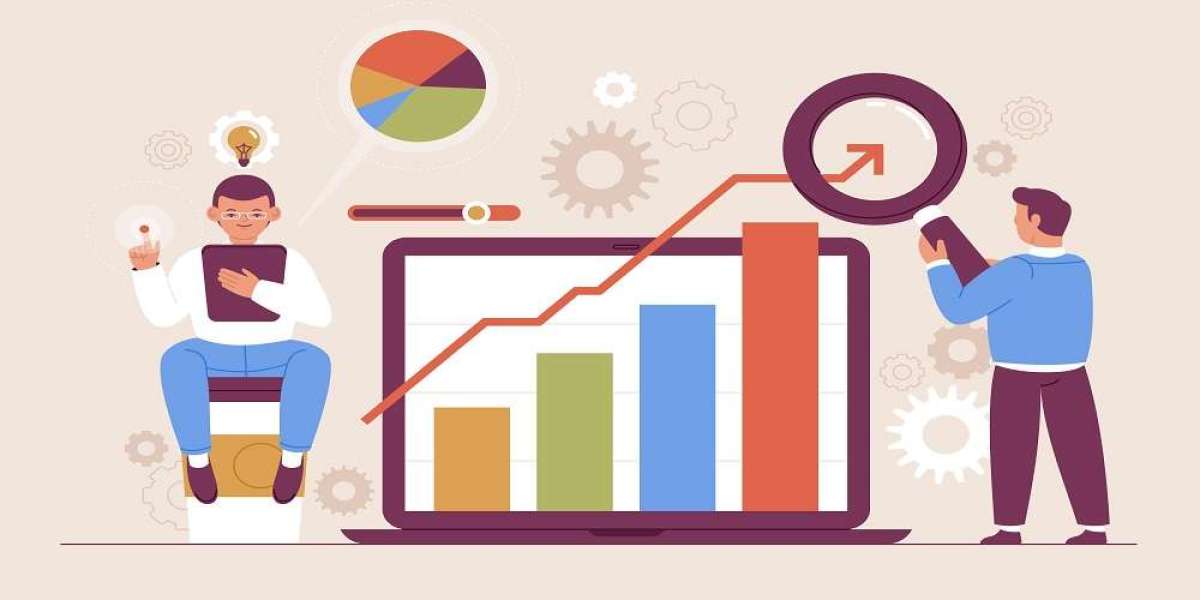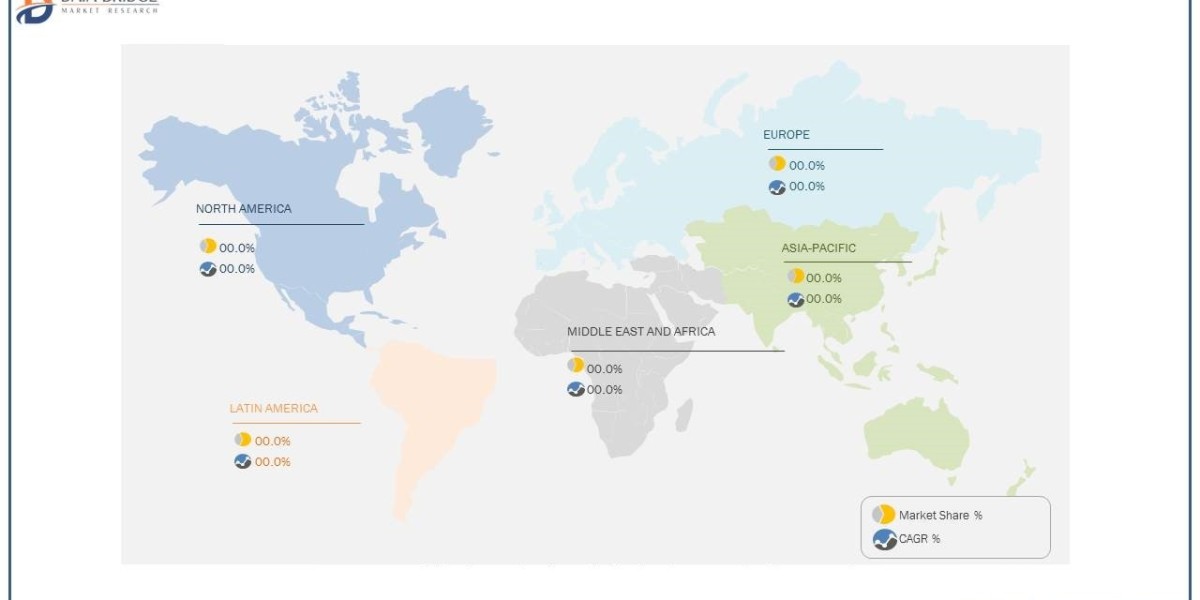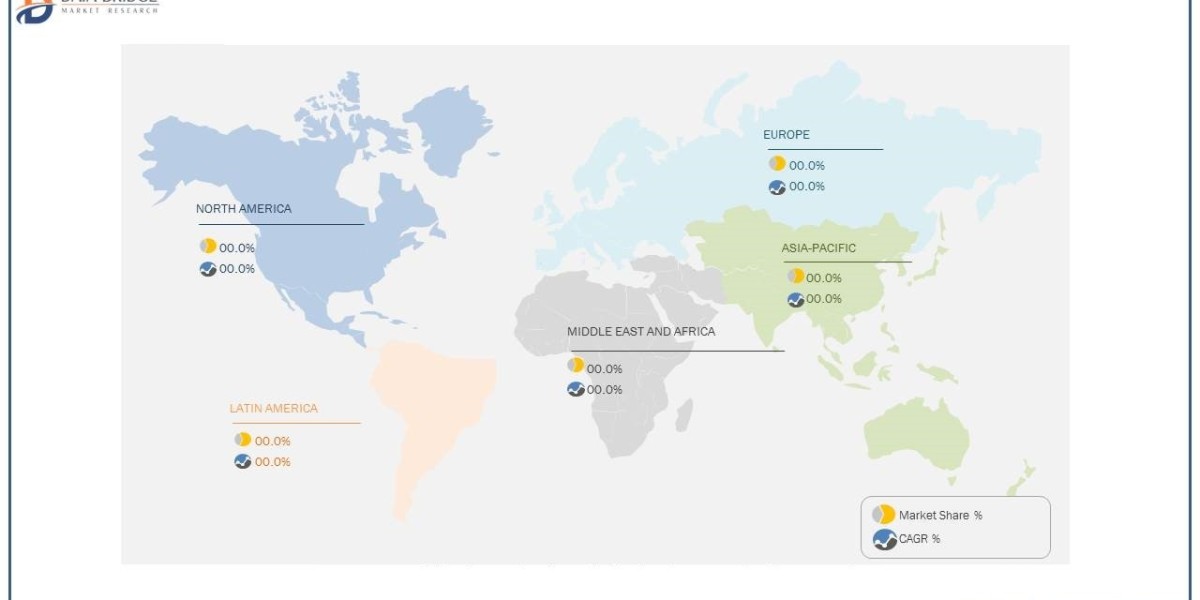In today's rapidly evolving world, the realm of commerce is undergoing a profound transformation. The fusion of advanced technologies and shifting consumer behaviors is reshaping how businesses operate. At the core of this transformation lies the critical function of demand forecasting. In this comprehensive exploration, we will delve into the fascinating realm of the future of commerce, uncovering how it revolves around the seamless integration of intelligence and adaptability to unpredictable patterns in demand forecasting.
Understanding the Significance of Demand Forecasting
Demand forecasting is the cornerstone of effective business planning. It entails predicting future customer demand for products or services, which is crucial for optimizing operations, managing inventory, and allocating resources efficiently. Historically, businesses have relied on traditional methods that predominantly leveraged historical data and statistical models. While these methods have served their purpose, they often fell short when confronted with sudden shifts in consumer behavior and market dynamics.
The Limitations of Traditional Methods
Traditional demand forecasting approaches had their limitations. They struggled to account for abrupt changes in consumer preferences and unexpected market fluctuations. The dynamics of today's global economy, characterized by volatile events, economic uncertainties, and rapid shifts in consumer choices, have made it evident that traditional methods alone are no longer sufficient to meet the demands of modern commerce.
Embracing Artificial Intelligence (AI)
To navigate this evolving landscape, businesses are increasingly turning to artificial intelligence (AI) and machine learning. AI has the remarkable capability to process vast amounts of data in real time, identifying intricate patterns and correlations that might elude human analysis. This empowers companies to make highly accurate predictions and adjust their strategies promptly.
Leveraging the Power of Big Data
In an era of unprecedented data availability, companies have access to a treasure trove of information. From social media sentiment analysis to tracking customer online behavior, big data provides valuable insights into consumer preferences and emerging trends. By harnessing this data, businesses can supercharge their demand forecasting capabilities, gaining a competitive edge in the process.
Predictive Analytics in Action
Predictive analytics, a subset of AI, is dedicated to using historical and real-time data to foresee future trends. By employing advanced algorithms, predictive analytics can anticipate changes in demand and suggest proactive measures for businesses to adopt. It's like having a crystal ball that helps you stay one step ahead in the fast-paced world of commerce.
The Essential Human Touch
While AI and data analytics are powerful tools, the human element remains indispensable in demand forecasting. Domain expertise and industry knowledge provide invaluable context to the data-driven insights generated by AI. A harmonious blend of human intelligence and machine learning can lead to more precise predictions, ensuring businesses can respond effectively to market changes.
Real-Time Decision-Making for Agility
Real-time decision-making is no longer a luxury but a necessity in a world where market conditions can change overnight. Modern commerce demands the ability to adapt swiftly to unforeseen shifts in demand. AI-driven systems can provide real-time insights, enabling businesses to make informed decisions promptly. The agility to adjust strategies in response to real-time data is a competitive advantage that cannot be overstated.
Optimizing the Supply Chain
Efficient supply chain management is intricately linked to demand forecasting. By accurately predicting demand, businesses can optimize their supply chains, reduce excess inventory, and minimize wastage. This not only leads to cost savings but also promotes sustainability, a growing concern in today's world. Sustainability is not just a buzzword; it's a commitment that resonates with consumers and can positively impact a company's brand image.
Enhancing Customer Experience
In the future of commerce, the customer experience will play a pivotal role. Demand forecasting is not solely about predicting quantities; it's also about understanding customer preferences and behavior. AI-driven insights can help businesses tailor their products and services to meet customer needs better. Personalization and customization will be key drivers of customer satisfaction and loyalty.
The Role of Data Security
As businesses increasingly rely on AI and big data, ensuring the security of sensitive information becomes paramount. Data breaches can have severe consequences, eroding customer trust and damaging a company's reputation. The future of commerce requires robust data security measures to safeguard customer data and maintain compliance with evolving regulations.
Conclusion
The future of commerce hinges on the seamless fusion of intelligence and adaptability in demand forecasting. By embracing AI, big data, and predictive analytics while retaining the human touch, businesses can chart a course to success in an ever-evolving market. As technology continues to advance and consumer preferences shift, the ability to forecast demand accurately will be a defining factor for businesses seeking to thrive.
In this comprehensive exploration of the future of commerce, we have uncovered the intricate relationship between intelligence, adaptability, and demand forecasting. The integration of AI, big data, and human expertise is not merely a trend but a necessity for businesses looking to stay competitive and relevant in a rapidly changing world.
With the rapid pace of change in the business world, it's essential to adapt and evolve continually. The future of commerce is all about being proactive, agile, and responsive to the ever-shifting tides of consumer demand. Businesses that can successfully blend intelligence and adaptability into their demand forecasting processes will be the ones that shape the future of commerce.
Predict your sales volume and demand trends with our Artificial Intelligence-based SaaS platform visit: https://thousense.ai/
Source: https://www.diigo.com/item/note/9zi58/oj5y?k=43454f118e8221ee923ce4393edcce56



